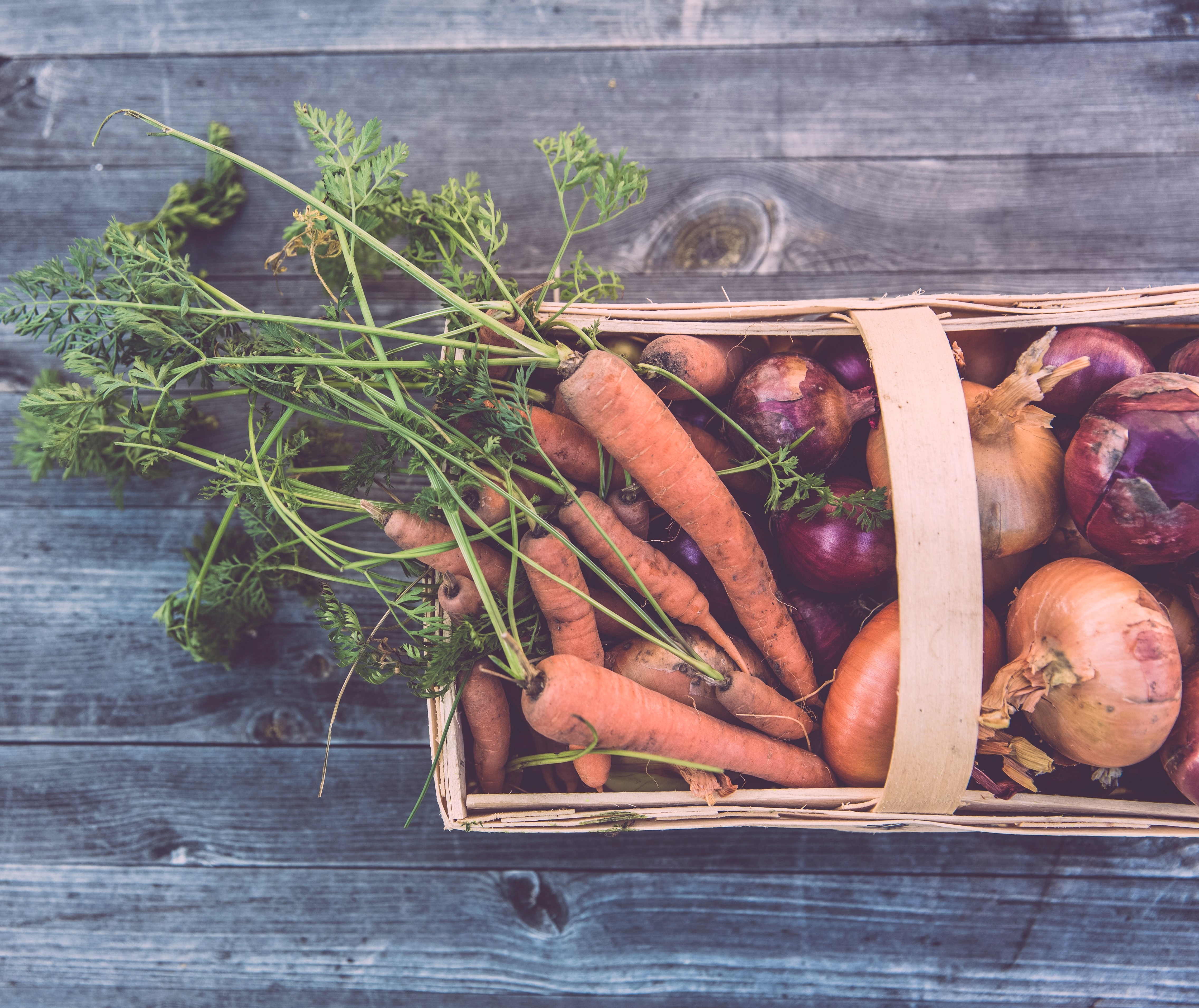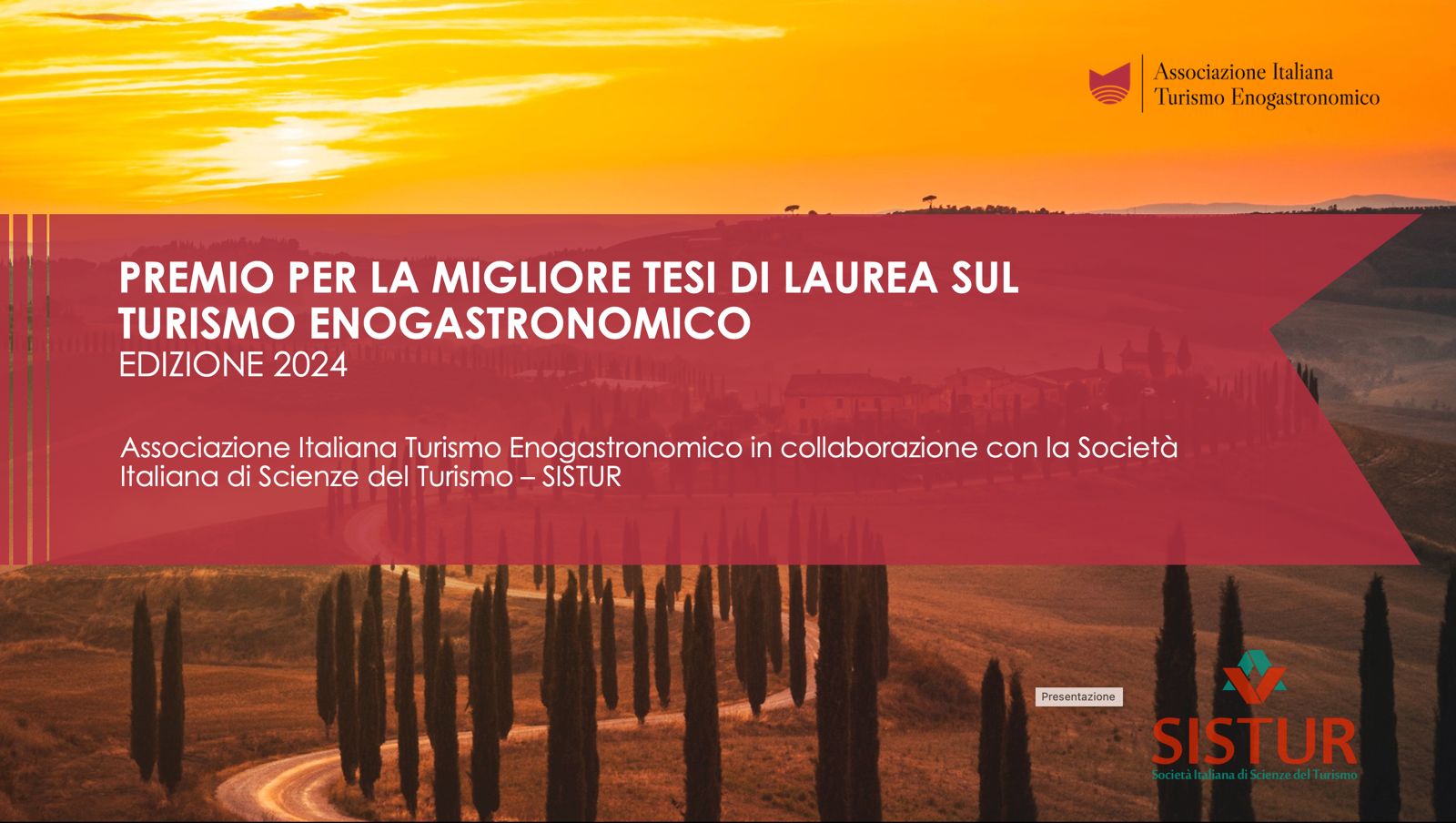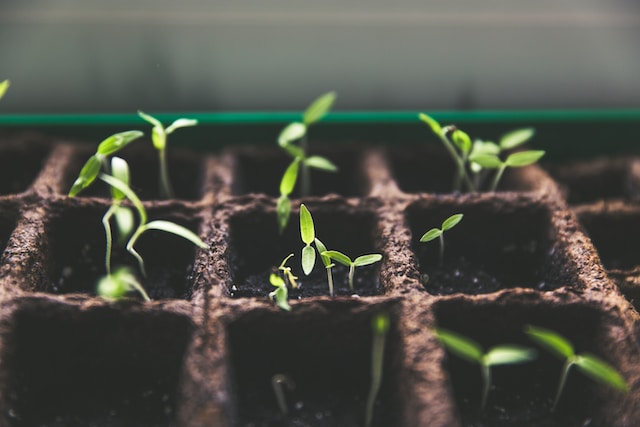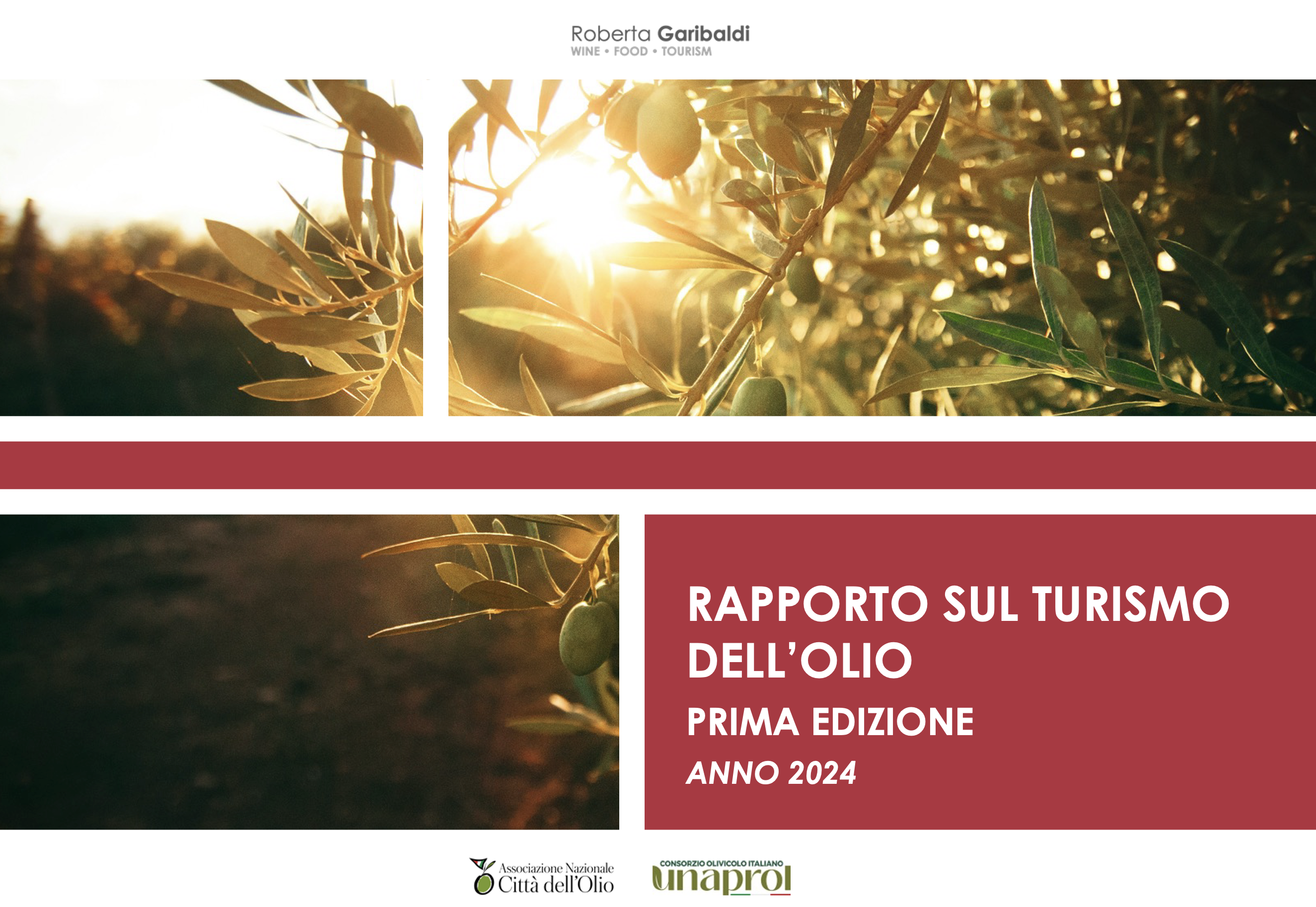Greg Richards, Breda University
Sustainability is a hot topic these days. People are becoming ashamed of flying, eating less meat and picking plastic up from the beaches they sunbathe on. We know we are using up the Earth’s resources faster than we should, and that fossil fuel will run out in the now all too near future. Sustaining resources is one thing.
But how can we make gastronomy sustainable? This is an important question for places around the globe, not just because of the importance of gastronomy in peoples’ quality of life, but also because it is a vital element in attracting people to visit. In Portugal, 81% of tourists indicated that they were satisfied with their
gastronomic experiences (Turismo de Portugal, 2012). When Rosario Scarpato started talking about ‘sustainable gastronomy’ at the turn of the Millennium, he was pretty much a lone voice in the world of academia (Scarpato, 2002). Now there are many more people talking and writing about sustainable gastronomy.

Many of these advocate the production of local and organic food, which would arguably protect traditional culinary systems threatened by globalisation (Berno, 2006). Similarly, Everett and Aitcheson (2008) argue that promoting sustainable gastronomy whilst encouraging the survival of local food production and the transmission of culinary knowledge. In the case of Costa Rica, Azofeifa (2016) noted that sustainable gastronomy can support the conservation of agrobiodiversity. Most of these authors approach the sustainability of gastronomy from the perspective of defending local cuisine and food production from the ravages of globalisation. Small producers need to be protected from large commercial food companies. These are the types of arguments advanced by the Slow Food movement, which promotes and seeks to protect local foods.
But the Slow Food approach is arguably elitist, seeking to preserve specific foods for the lucky few. While it may be important to conserve a wide range of the different elements of our global food ‘DNA’, also with an eye on the future, it will not solve problems of world hunger or help to satisfy the growing numbers of tourists. Scarpato (2002) further argues that the Slow Food approach also helps to destroy the specialised producers it seeks to protect, putting them under a global spotlight and creating demand that they can’t hope to meet.
In my view the sustainability of gastronomy needs to consider more than simply protection or conservation, and it needs to focus more widely than the food producer.
We should think about the wider context of food, and the fact that gastronomy is based on food cultures that are deeply embedded in the places that those foods come from (Richards, 2012). This principle is reflected to some extent in the UNESCO designations of gastronomy as intangible heritage. For example, UNESCO has designated ‘the French meal’ as intangible heritage. Not a specific food, or an ingredient, but the culture of eating. As Scarpato suggests, this means thinking about a wide range of gastronomic practices: the survival of local food production, outlets and fresh markets; the viability of home cooking; the transmission of culinary knowledge and educating children’s’ taste; the right to pleasure and diversity; the impact of tourism on gastronomic authenticity and community wellbeing.
In essence, food cultures are social practices that have been developed over long periods of time in certain places. Hjalager and Richards (2002) described how gastronomy was analysed as a social practice by Bourdieu (1984) in his classic volume Distinction: A social critique of the judgment of taste. These practices, as Shove et al. (2012) suggest, comprise three essential elements: materials, meaning and competences. Gastronomy is a good example of how these three elements work together. In order to organise a social practice such as a meal, we need basic materials: the ingredients that we use to prepare a certain dish. Even if we have food, however, it does not become a meal until it is given meaning, for example by the people eating it, such as a family sitting down to eat together, or a specific combination of foods that signifies a special occasion, such as a Christmas dinner. Even being presented with a meal is not enough to make a practice: those eating and serving the meal also need certain competences that contribute to the successful completion of the meal.
These include, for example, skills in using eating utensils, understanding how certain foods should be prepared, presented, served and eaten, and a knowledge of table manners, etiquette and conventions of the group. All the elements of the social practice of gastronomy are important in sustainability. We need to sustain not just the basic ingredients that go into each dish, but also the knowledge, skills and creativity related to turning those ingredients into meals, and ultimately into experiences. It is no good helping to conserve a unique type of olive oil if people no longer know how to use it properly, or appreciate what they are tasting. This means we need a much more holistic approach to sustainable gastronomy. But it is also important to understand that sustaining something is not the same as preserving it. If we consider gastronomy as a cultural practice, we have to accept that gastronomy, just like culture, will change over time. Our tastes are not the same as those of previous generations, and our materials and skills have changed too. In considering one of the important principles of sustainable development, that of generational equality, we have to accept that our children will not be eating exactly the same foods in exactly the same way as our forebears did. What we need to ensure is that the food cultures that have produced such a rich gastronomic landscape, are sustainable. Inevitably, in many areas, this will mean changes in what we now consider to be local gastronomy, and the relationship between materials, meanings and competences. But gastronomic cultures have changed a lot in the past, and they will continue to do so in the future. The key is not protection, freezing cultures and foods in the past, but creative adaptation and innovation, taking food cultures into the future.



